Whenever I visit Matsumoto, I always stop by Yohashira Shrine (四柱神社). Not only was it a filming location for my favorite movie, Rock yo, Shizuka ni Nagareyo (ロックよ静かに流れよ), but it is also a historically significant shrine located at the heart of Matsumoto. This time, I decided to write an article about it.
By the way, it’s pronounced Yohashira. Many people mistakenly read it as Yonbashira or Shihashira. As for me, I used to pronounce it as Shichuu… 😅
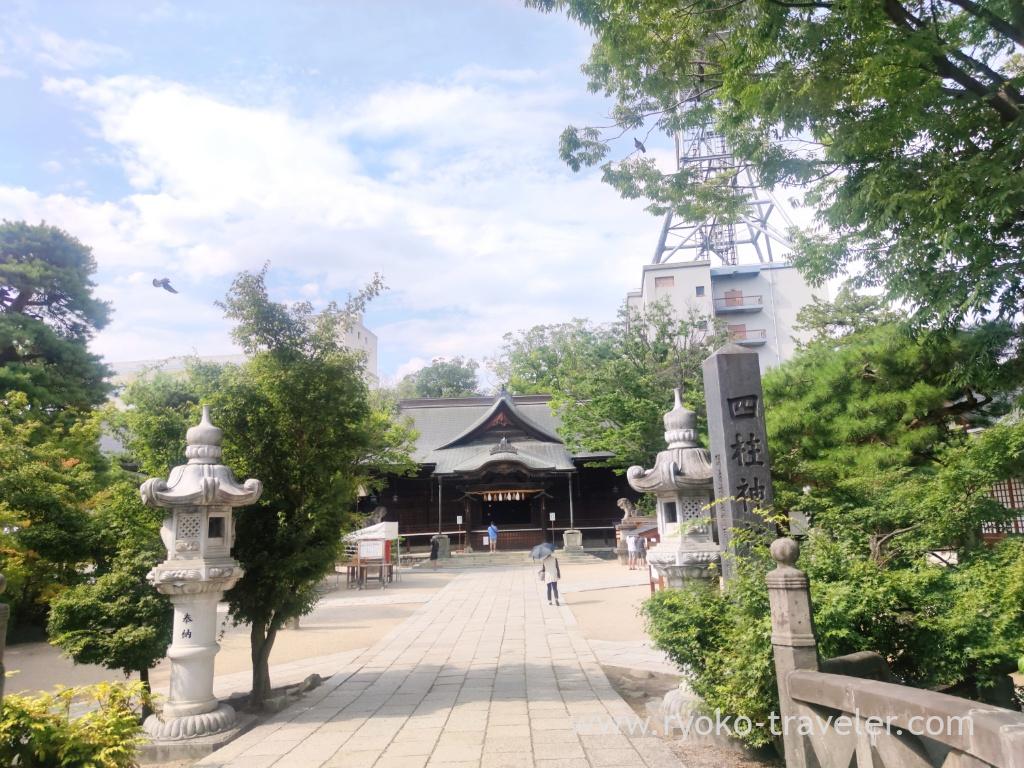
The shrine is about a 10-minute walk from JR Matsumoto Station, situated along the Metoba River (女鳥羽川) Nearby, you’ll find Nawate Street (ナワテ通り). You can enjoy a walking tour from Matsumoto Station, passing through Nawate Street, Yohashira Shrine, Matsumoto Castle (松本城), and the Former Kaichi School (旧開智学校).

The name “Yohashira” (meaning “Four Pillars”) refers to the four deities enshrined here:
Ame-no-Minakanushi-no-Kami (天之御中主神) – God of prosperity in business and recovery from illness
Takamimusubi-no-Kami (高皇産霊神) & Kamimusubi-no-Kami (神皇産霊神) -Gods of good fortune, health, longevity, and matchmaking
Amaterasu Omikami (天照大神) – Goddess of national peace, agriculture, industry, health, and the fulfillment of wishes
Because all kinds of wishes can be fulfilled here, the shrine is known as the “Wish-Granting Shrine” and attracts many visitors from both near and far.
Chozuya (Ablution Pavilion 手水舎). Instead of ladles, there is a small stream of water for purification. Looking around, you’ll notice that the shrine grounds are filled with trees.
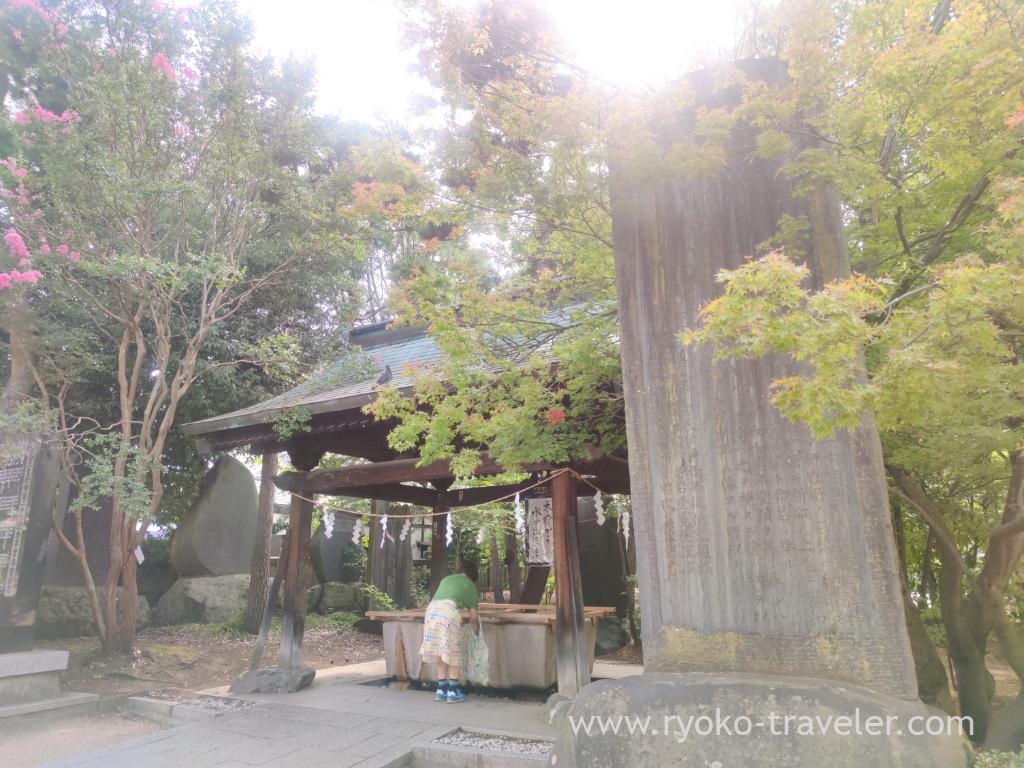
Main worship hall (拝殿).
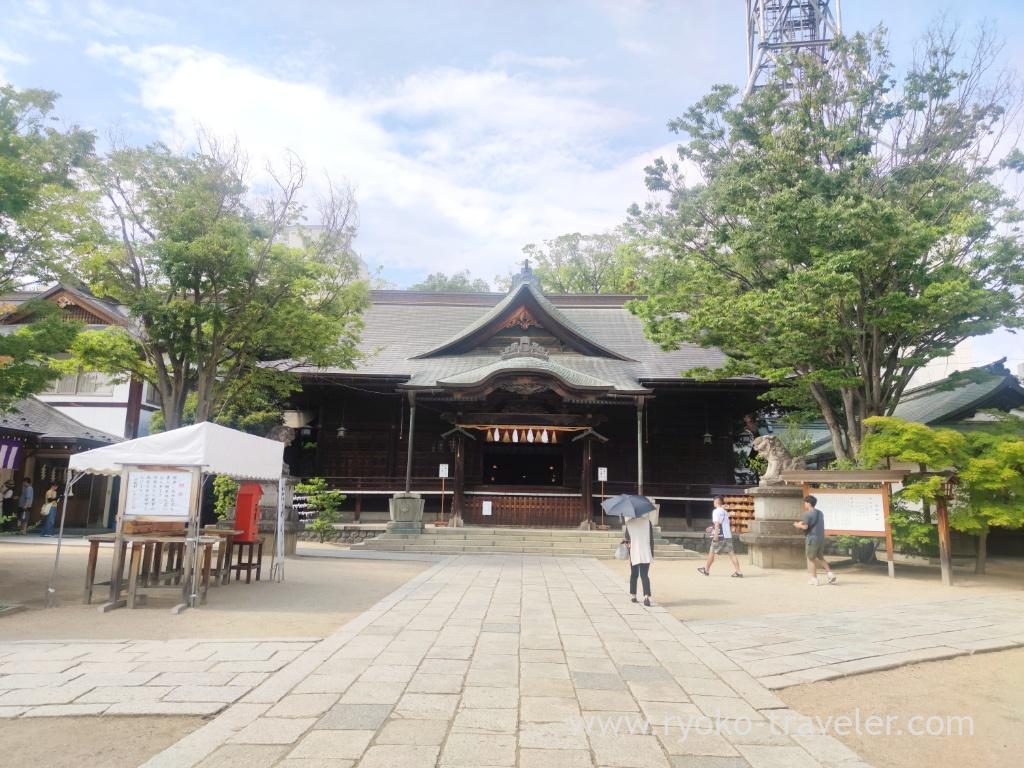
Matsumoto Shokon-den shrine (松本市招魂殿). This shrine honors the spirits of those from the former Matsumoto City who sacrificed their lives for the nation, from the Satsuma Rebellion to the First Sino-Japanese and Russo-Japanese Wars. It is distinct from the Nagano Gokoku Shrine (長野縣護国神社).
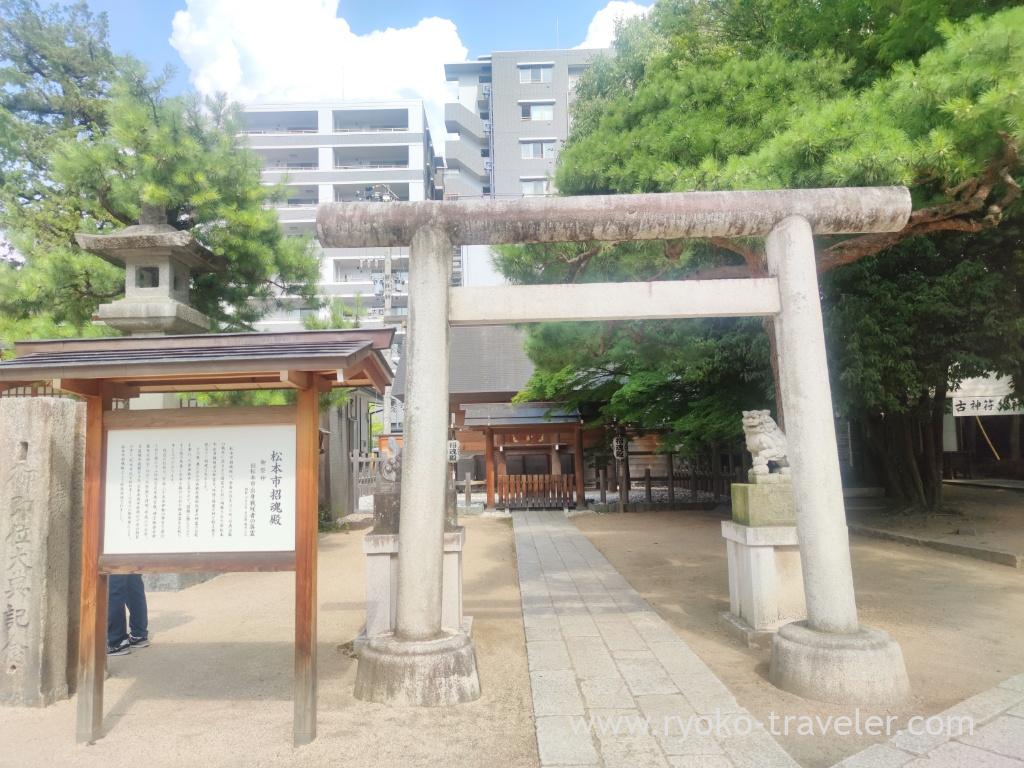
Ise Jingu Worship Site (伊勢神宮遙拝所). This place is spiritually connected to Ise Jingu. Praying here is said to bring the same blessings as visiting Ise Jingu itself.
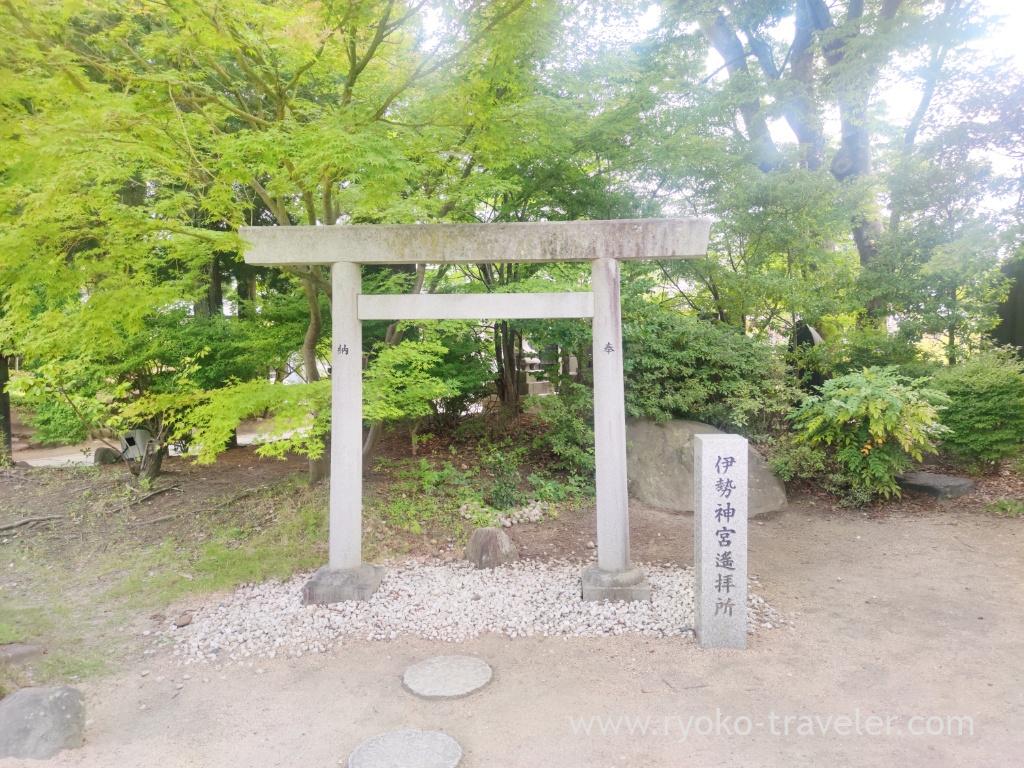
Near the shrine office stands a large pine tree called “Enmusubi no Matsu” (縁結びの松 Matchmaking Pine). The name comes from the fact that two pine trees support each other at the base. (For some reason, I didn’t take a picture of the base… 😅)
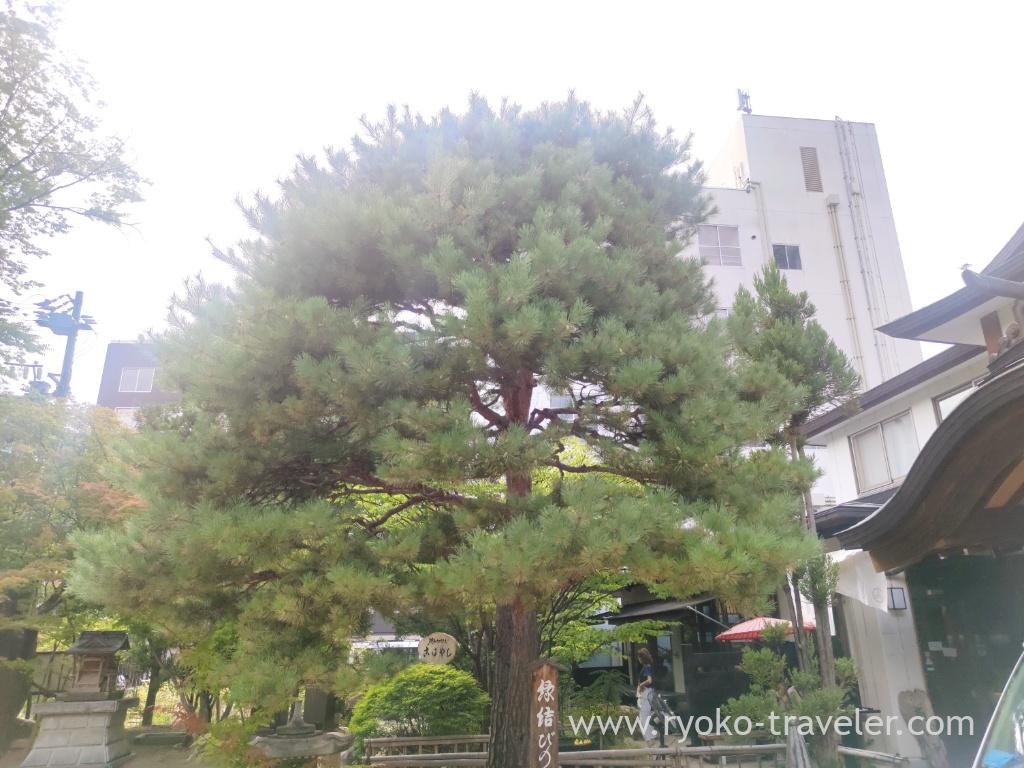
There is also a small shop at the shrine office where you can take a break. Yohashira Shrine is definitely an unmissable spot when visiting Matsumoto!
About
Name Shihashira Shrine (四柱神社)
Admission fee Free
URL Website
Google Map


